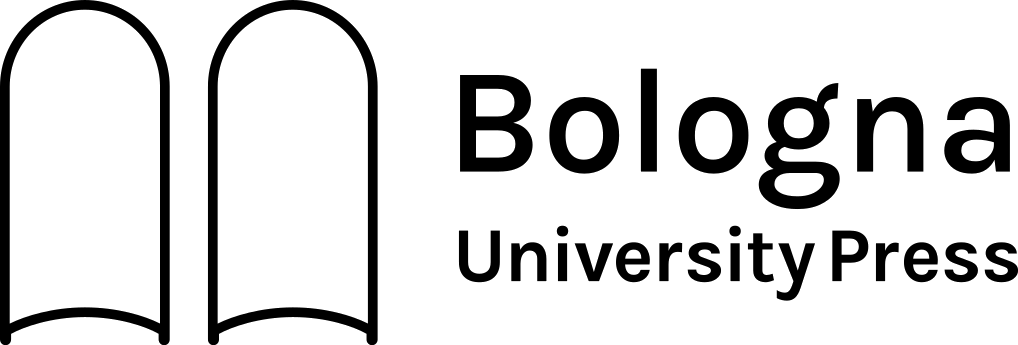Abstract
The University of Pavia, established in 1361, is well known for its historical and cultural importance, also reflected in the value of its architectural heritage. It includes several ancient structures, most of which are located in the city centre. The Palazzo Centrale is the main building: its architectural complexity is due to its big dimensions and composite configuration, the result of an expansion process during several centuries. Moreover, it is one of the rare examples of “passing architecture” allowing people to cross the building from the cardo of the Roman grid of Pavia, Corso Strada Nuova, towards the eastern part of the city centre.
For these reasons, Palazzo Centrale presents several difficulties of accessibility and orientation for students, visiting academics and cultural tourists, but most of all for people with blindness or low vision.
To tackle this problem, the research team is developing a pilot project in collaboration with a specialised NGO for the installation of vocal aids helping the orientation through selected paths. The project is aimed at providing a smartphone APP able to intercept the signals emitted by small e-beacons and to receive voice information enabling users to move easily and independently through a selected accessible path. The vocal aids will use the architectural elements to characterise and describe the space, underlining not only the obstacles to be avoided but also the points of interest for historical, architectural, and academic reasons.
Once tested, this solution could be widespread also to other University buildings, creating more accessible, inclusive, and thus sustainable environments for students and tourists, in compliance with the international standards.









